ESL Black History Month Lessons for ESL Newcomers
As an ESL teacher, one of the most challenging aspects of my role is finding and modifying texts that are not only accessible to my English Language Learners (ELL) but also maintain depth without being overly simplified. This challenge is particularly pronounced in the realm of social studies, especially with newcomers. Social studies materials frequently contain intricate vocabulary and unfamiliar concepts for our students. Therefore, building language skills and background knowledge becomes paramount.
1. ESL See- Think- Wonder Critical Thinking Routine
The See-Think-Wonder routine is a powerful tool for fostering critical thinking and inquiry-based learning in the classroom. It encourages students to observe, analyze, and question, creating a framework for exploration and understanding. At the same time, it allows teachers to assess what students know and build the language and content from there. Print these See- Think-Wonder worksheets and begin.
Scaffolding for ESL Newcomers:Scaffolding the See-Think-Wonder routine for newcomers, particularly ESL students, is essential for ensuring their active participation and comprehension. Here are two effective strategies:
Add Sentence Stems on the worksheet: Provide sentence stems or frames to guide students in formulating their responses.
For example:
- I see...
- I think...
- I wonder...
- This scaffolding tool helps students structure their thoughts and express themselves with more confidence.
2. ESL Black History Vocabulary Cards:
- Encourages critical thinking skills
- Provides visual aids for better comprehension
- Builds background knowledge (content)
- Builds vocabulary
- Engages students in meaningful discussions
3. Word Warmth: Igniting ESL Vocabulary
We, as teachers, understand the value and power of pre-assessment. In my intermediate and advanced groups, I like to conduct a pre-assessment of content vocabulary at the beginning of my units. This allows me to see if my students have encountered any of the content vocabulary I am going to target in the unit. Additionally, this pre-assessment tool lets me delve into their minds: How well do they know the words? Can they explain them to someone else? Can they provide their definitions, etc.? Finally, it enables more advanced ELLs to showcase their expertise and teach others.
Assessing language proficiency is crucial, and the Word Warmth Vocabulary Pre-Assessment is the key. In this months unit we ill be covering such essential terms as race, boycott, civil rights, and more.
Benefits for ELLs:
- Evaluates familiarity with key terms
- Supports language development
- Facilitates peer teaching through Word Warmth activities
4. ESL Black History Writing Craft
Crafting Connections: "Unity Hands" and "My Favorite Black History Month Hero" are my go-to craft and writing activities for Black History Month.
After building background knowledge and language, I like to engage my ELLs in hands-on crafts like the Unity Hands Collage. This activity fosters creativity and unity, allowing students to trace their hands, add drawings, and express themselves visually.- Encourages artistic expression
- Reinforces concepts through a tactile approach
- Builds a sense of unity and community
Newcomer accommodation: I scaffold the activity by providing vocabulary words and corresponding images for students to cut and glue on the hand shape.
- More advanced students can articulate their thoughts by writing their own words inside the hands
5. ESL Black History Reading, Writing and Craft
"My Favorite Black History Month Hero" resource offers a fun and interactive exploration of iconic figures.
From a Guess Who Pre-Assessment to a Color Teacher Booklet and a BW Student Booklet, this resource makes learning about influential figures enjoyable and personalized.- Enhances knowledge retention through interactive assessments
- Introduces iconic figures in a visually appealing format
- Provides a personal connection to Black History Month heroes
Happy Teaching!
Would you like to receive more tips, trick and FREEBIES? Click below!
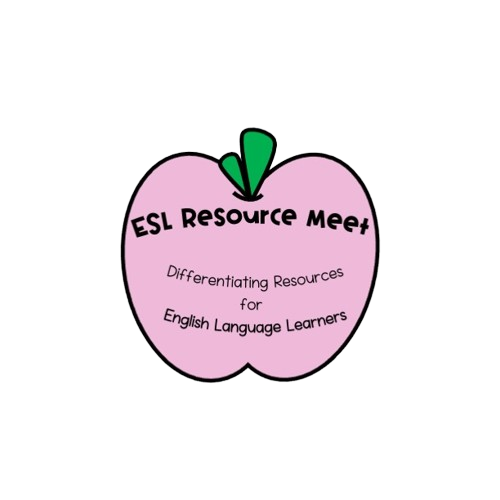







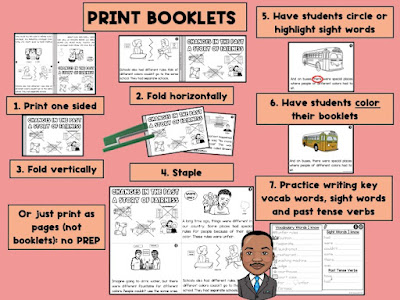








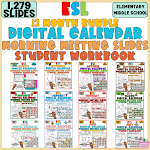



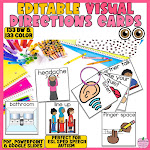













































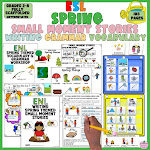




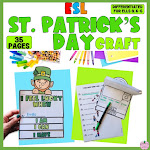
















































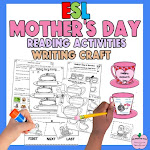
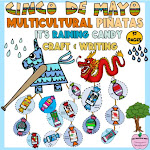
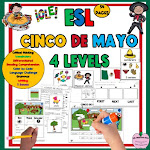
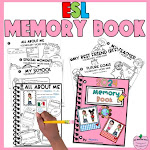




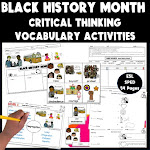
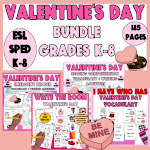
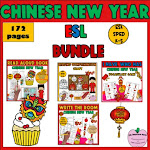

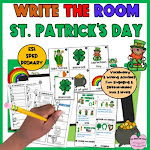
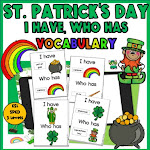
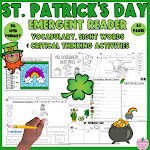



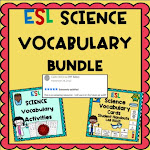




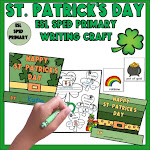

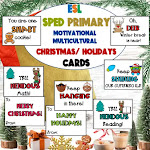


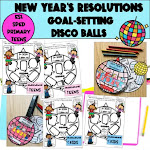
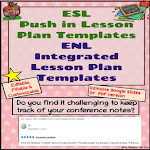



0 Comments